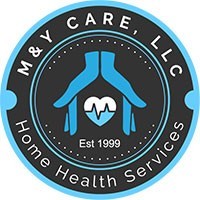New York City has been the American city hit hardest by the COVID-19 pandemic. Not all New Yorkers are equally at risk; age has been a serious risk factor, and nearly 75% of New Yorkers who have died from COVID-19 were 65 and over. Race and class also influence infection and mortality rates: Black and Latino city residents have died from COVID-19 at twice the rate of White or Asian New Yorkers, and the ZIP codes in the bottom 25% of average incomes represent 36% of all cases of the disease, while the wealthiest 25% account for under 10%.
Nearly half of the 1.2 million adults 65 and over in NYC are Black or Latino, and more than one-third of older New Yorkers have an annual household income of less than $50,000. This means that older New Yorkers are particularly vulnerable to the virus, and for most of them, the safest solution is to stay home. Yet this mandate brings its own set of challenges for many subpopulations:
- According to IMAGE:NYC, the Interactive Map of Aging developed by The New York Academy of Medicine, nearly 50% of older New Yorkers live alone, and 42% do not have broadband internet access. Severe social isolation can lead to functional limitations and a higher risk of mortality. Yet they face increased risk of infection when they need to leave their homes to buy essential items.
- Many older immigrant adults, including the 33% of older New Yorkers who speak English “less than very well,” often struggle to access critical public health information in their native languages.
- Over 60,000 grandparents in NYC live with their grandchildren, and almost one-quarter of these households do not have a parent present. These older adults face the added challenges of providing round-the-clock care to children, supervising their homeschooling, and monitoring their physical distancing from others.
The 2020 Census is currently collecting data on every American that will inform federal funding, community planning, and legislative representation for the next ten years. Similarly, we must ensure that we collect and utilize a wide range of data on our clients, including household composition and internet access, to inform a comprehensive outreach and resource allocation strategy during this crisis. Otherwise, inequality among older adults will continue to grow long after the pandemic has subsided.

